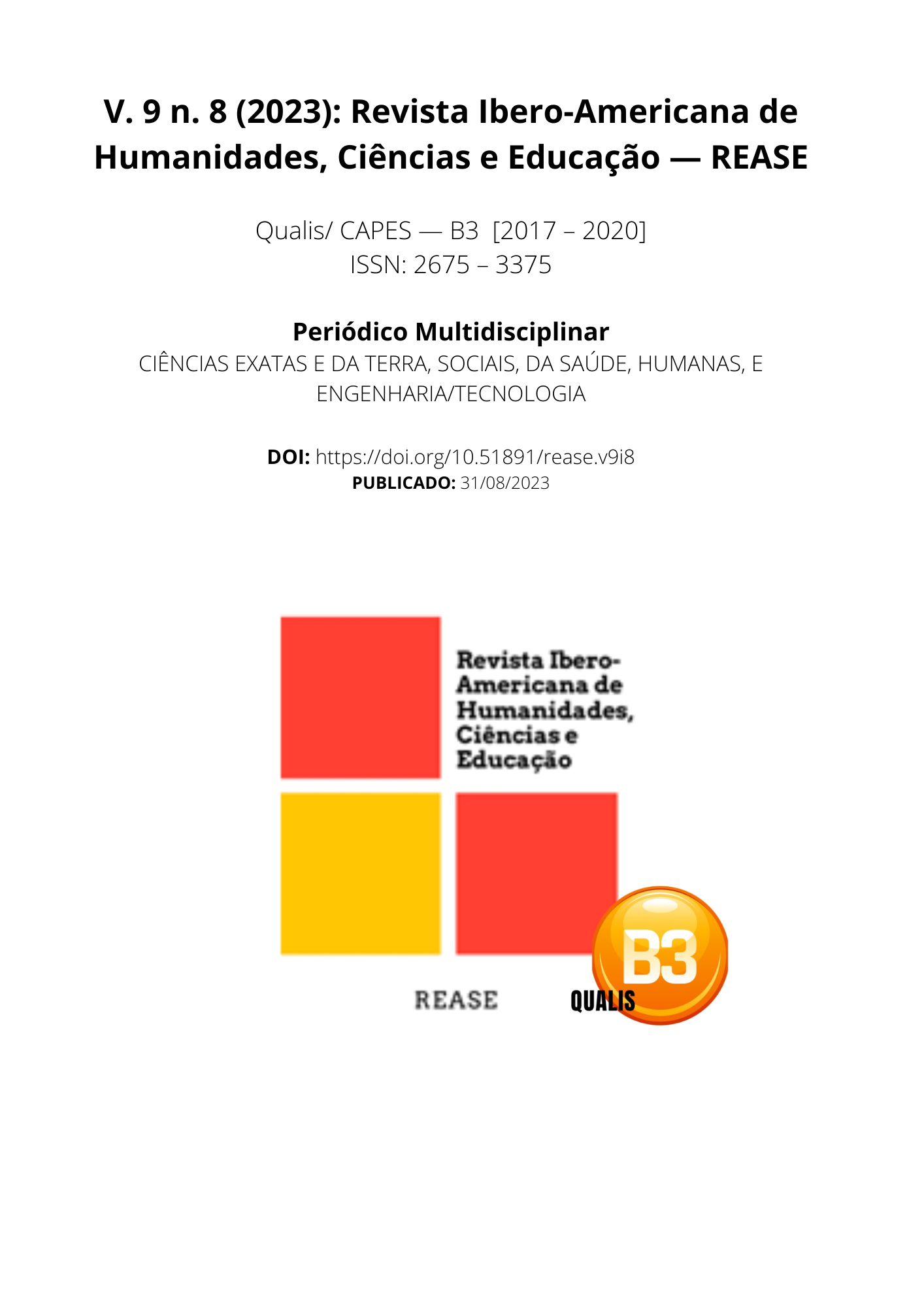THE PRODUCTION OF APPLICATIONS RELATED TO THE SYSTEMATIZATION OF NURSING CARE
DOI:
https://doi.org/10.51891/rease.v9i8.10636Keywords:
Nursing Care. Technologies. Application. Systematization of nursing and Software.Abstract
This article is part of the master's thesis entitled: Construction and validation of a design application to guide the systematization of nursing care. The health professional has taken on new roles in the face of new demands in the area. Nurses, in turn, need to mobilize general skills necessary for managing the care provided by the category, considering the technological and managerial changes observed in hospitals, the primary care network, the emergency care unit, among other health-oriented entities (BERNARDINO; FELLI; PERES, 2010).The research methodology brings the integrative literature review to consolidate the work, based on articles that bring the use of SAE in programs. According to Prodanov and Freitas (2013), the integrative review aims to put the researcher in direct contact with all the material already written on the research subject. Regarding the data collected on the internet, we must pay attention to the reliability and fidelity of the sources consulted electronically. The selection of articles resulted in 452 articles deposited in the Bdenf, Lilacs, Medline and Scielo databases. . This study showed that the implementation of the nursing process in some articles appears in a general way, since they evolve the nursing process without identifying the theory to be worked on, which favors a systematization of incomplete assistance.It is considered important to emphasize that theory is important for the process and systematization of nursing care, however, it is not used frequently, being neglected both by the production of the application and by the professional. One of the hypotheses for this to occur is that this professional may not have in-depth knowledge about the theories and broadly cover care assistance, which is not correct, or even due to the excessive demand for work that prevents the professional from seeing the best theory to be applied to that patient.
Downloads
Downloads
Published
How to Cite
Issue
Section
Categories
License
Atribuição CC BY

